 |
Hard Hat Hard hats are a type of helmets worn in workplaces to protect the head from falling objects, collision impact, debris, and shock among other hazards. Hard hats are designed to protect the head against falling objects and the side of the head, eyes, and neck from any impacts, bumps, scrapes, and electrical exposure.
|
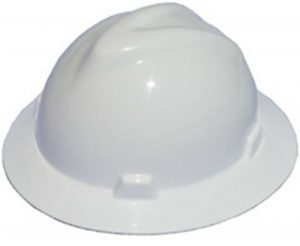 |
Brimmed Hard Hat Construction workers, highway workers, miners, and utility workers are just a few of the people who utilize a full-brim hard hat. Full brimmed hard hats are ideal for accidental falls, debris, spills, splashes, heat and the sun.
|
 |
Safety Footwear – Green Patch Safety footwear is designed to protect feet against a wide variety of injuries. Impact, compression, and puncture are the most common types of foot injury. The green triangle indicates sole puncture protection with a Grade 1 protective toecap, for heavy industrial work environments, especially that of construction where sharp objects (such as nails) are present. |
 |
Latex Gloves Latex are not very chemical-resistant and are mainly used in the food industry and the medical industry as they protect well against bloodborne pathogens Nitrile Gloves Nitrile gloves have a good, general resistance to chemicals, gasoline, kerosene and other petroleum solvents. In order to prevent latex allergies, medical gloves are often made out of nitrile because it is also resistant to oils and fats in the body. Neoprene Gloves Neoprene gloves provide excellent chemical resistance to a broad range of chemicals including: acids, bases, alcohols, oils and inks. |
 |
Safety Gloves Safety gloves are worn to provide the wearer protection against amputations, abrasions, cuts, bruises, friction blisters, splinters and burns. |
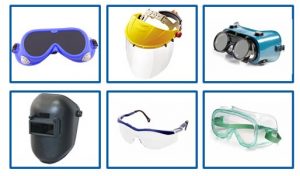 |
Eye Protection Eye protection is protective gear for the eyes, and sometimes face, designed to reduce the risk of injury. Examples of risks requiring eye protection can include: impact from particles or debris, protection from sprays, splashes and large-particle droplets, light or radiation, wind blast and heat. |
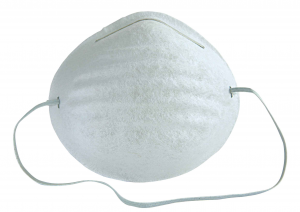  |
Surgical Masks Surgical masks protect the wearer from sprays, splashes and large-particle droplets. They also prevent the spread of potentially infectious respiratory secretions from the wearer to others. Dust Masks Dust masks are used in environments with dust encountered during construction or cleaning activities, such as dusts from drywall, brick, wood, fiberglass, silica or sweeping. A dust mask can also be worn in environments with allergens such as tree and grass pollen. N95 Masks In addition to protecting the wearer from sprays, splashes and large-particle droplets the N95 mask can also filter 95% of very small particles. |
 |
High Visibility Safety Apparel High Visibility Safety Apparel (HVSA) is clothing (e.g., vests, bibs or coveralls) that workers can wear to improve how visible they are to other people. Most often, hi-vi clothing is worn to alert drivers and other vehicle operators of a worker’s presence, especially in low light and dark conditions. Hi-vis headwear can also be worn to increase the visibility of the wearer in situations where part or all of the wearer’s body could be obscured (e.g., leaves/tress, traffic barriers, construction materials, etc.)
|
 |
Lab Coat Lab coats are used as barrier and protect the torso and arms from hazardous substances while working in a lab. They are also used to protect against chemical spills and splashes. During work with chemicals those wearing the lab coats are able to quickly remove the coat should a chemical spill or splash on the coat. In addition labs coats act as a fire retardant and protect against cross contamination as workers are able to remove the coat prior to leaving their workspace. |
 |
Hearing Protection Workers exposed to excessive noise must use appropriate PPE including ear plugs, muffs, or both when engineering or administrative controls are not feasible to reduce exposure. Workers should wear hearing protection if the noise or sound level at a workplace exceeds 85 dBA Lex 8 or 115dBA.
|
|
Fall Arrest Safety Equipment Fall arrest equipment is used any time when working at an elevated level (3m or greater) and exposed to a fall hazard. Fall protections may be required when working with the following equipment: forklift platforms, elevated work platforms, fixed suspended work platforms, swing staging, boatswain’s chairs, aerial devices, suspended equipment or personnel carrying equipment. Fall protection may also be required when working above an open top tank, bin, hopper or vat. |
|
 |
Air Purifying Respirators Air-purifying respirators can remove contaminants in the air that you breathe by filtering out particulates (e.g., dusts, metal fumes, mists, etc.). Other APRs purify air by adsorbing gases or vapours on a sorbent (adsorbing material) in a cartridge or canister. They are tight-fitting and are available in several forms:
|
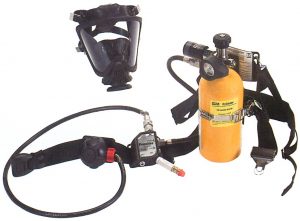 |
Supplied Air Respirators Supplied-air respirators may have either tight-fitting or loose-fitting respiratory inlets. Respirators with tight-fitting respiratory inlets have half or full facepieces. Types with loose-fitting respiratory inlets can be hoods or helmets that cover the head and neck, or loose-fitting facepieces with rubber or fabric side shields. These are supplied with air through airlines. |
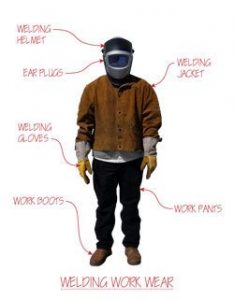 |
Welding helmets protect against radiation, flying particles/debris, hot slag/sparks, intense light, irritation and chemical burns. Respirators protect welders against fumes and oxides. Heat resistant clothing protects against heat/fires, burns and radiation. Hearing protection protects against noise created from welding activities. Feet and hand protection is used to protect against electric shock, heat, burns and fires. |
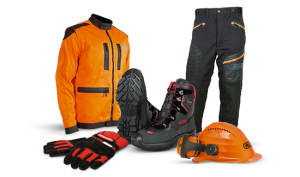 |
Forestry/Chainsaw Safety Equipment When operating a chainsaw the operator must wear the following PPE: eye protection, gloves/mitts, foot protection, head protection, hearing protection, leg protection and fall protection if working at a heights of 3m or greater. Ensuring clothing is well-fitted will prevent the risk of entanglement with the saw. This equipment will reduce the risk of injury during activities using a chainsaw.
|
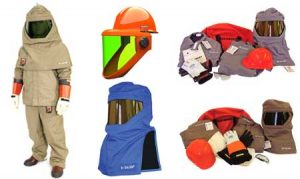 |
Electrical Safety Equipment PPE specifically designed for work with electricity is worn by electricians to reduce the risks they are exposed to. It will minimize the hazards while also allowing them to do their job. Electrical Safety Equipment will need to protect against: electrical shocks and burns, arc-flash burns, arc-blast impacts and falls.
|
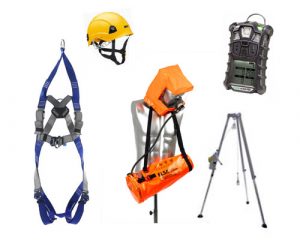 |
Confined Space Safety Equipment In addition to initial and periodic entry testing, workers must wear appropriate PPE based on hazard assessment, initial testing results and type of work to be conducted within the confined space. It is crucial that rescue equipment and procedures always be included in confined space safety PPE.
|
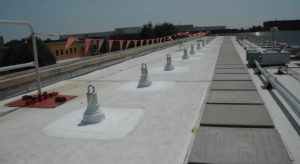 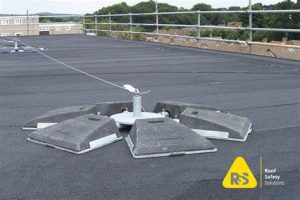 |
Roof Anchors Safety roof anchor points are a vital part of a fall protection system. Anchor points are usually installed on the roof and are used to connect lanyards, lifelines, and other forms of tie-off which prevent a worker from falling. Both permanent and temporary roof anchor points are available. |
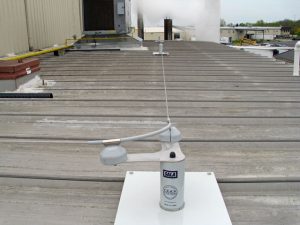  |
Lifeline System Lifeline systems can be used to arrest workers in the event of a fall (active system) or restrain workers from reaching a fall hazard (restraint system). It is necessary that a lifeline, whether temporary or permanent, be installed and tested by a qualified person. |